MLTDR-W-50S
The MLTDR-W-50 is a datalogger designed to automate monitoring of up to 8 coaxial cables embedded in a slope or borehole for deformation monitoring. It contains a control module, TDR interface and, optionally, an 8 channel coaxial cable multiplexer.
It is equipped with an interface to read Vibrating Wire gages. These gages are typically used to monitor pore pressures along the length of the installed TDR cable. The datalogger provides connection for 2 Vibrating Wire gages, a Canary Systems® MicroMux or MiniMux multiplexer may also be installed to expand the measurement capability to 5 or 17 instruments. A 50AHr lead-acid battery provides power, and is recharged either through a 40W solar panel or an AC power connection.
Communications are possible via a wireless or wired network interface. For wireless networks, a high performance ultra wide band log periodic antenna is supplied, including a lightning surge protector. An SGX 5150 is used for the Wi-Fi network interface.
Categories: Dataloggers, Geo-Structural Instruments
Description
Time Domain Reflectrometry (TDR) is increasingly being used in geotechnical applications for deformation monitoring in soils and concrete. It provides accurate location information for faults and can provide indication of the static or dynamic nature of the faults. It is typically used to monitor slope movement of embankments including highway cuts, rail beds, bridge abutments and open pit mines.
In TDR applications the signal is an electrical pulse broadcast down a coaxial cable, and changes in the impedance of the cable, either inductive or capacitive, cause reflections to be returned to the signal generator. The resultant reflections are measured and presented as a function of time, the time is translated to distance based on the known propagation velocity of the cable being utilized. In geotechnical applications the cable typically takes the form of a rugged coaxial cable with a diameter of 12mm (0.5”). The cable is usually grouted into a borehole drilled into the embankment to be monitored. Any movement of the embankment will crimp the cable, and the reflections indicate approximate magnitude of the crimp and the location. The resolution is related to the number of samples of data being collected.
Additional information
| Brands |
|---|
Reviews (0)
Be the first to review “MLTDR-W-50S” Cancel reply
About brand
Canary develops a web-based software platform that aggregates geotechnical/geomechanical data from numerous sources into a single platform that provides analytics and other tools including automated alarming and reporting. Canary also develops and sells electronic hardware consist of Dataloggers, Data acquisition systems & Multiplexers for a variety of applications related to weather, water, energy, gas flux and turbulence, infrastructure, and soil.
Data Sheets
Related products
IPX IN-PLACE EXTENSOMETER
In stock
Rated 0 out of 5
The In-Place Extensometer (IPX) offers automated monitoring of standard magnetic extensometer installations. The system is designed for a simple, adaptable installation with a single cable connection at the top of the borehole. Its large measurement range accommodates large levels of settlement or heave, and ease of adjustment means it can be reconfigured for changed site conditions such as embankment filling or cutting.
BOREHOLE ROD EXTENSOMETER
In stock
Rated 0 out of 5
The Geosense® GEO-XB2 borehole rod type extensometer range is used to measure and locate settlement, displacement and deformation in soil and rock.
It consists of a reference head and one or more in-hole anchors each of which is placed at a known depth and connected to the reference head by either a rigid or flexible rod running inside a flexible sleeve, which keeps the rod de-bonded from the grout.
PORTABLE MEMS INCLINOMETER
In stock
Rated 0 out of 5
The MEMS Portable Inclinometer system utilises modern communication and Smart devices to enable the tilt data generated by the probe to be managed, stored and transferred directly from site via FTP, API, email or other communication platforms.
It is available for vertical, inclined and horizontal applications.
IN-PLACE INCLINOMETER (IPI)
In stock
Rated 0 out of 5
DIGITAL PIEZOMETER – dPiezo
In stock
Rated 0 out of 5
WATER LEVEL METER
In stock
Rated 0 out of 5
PENDULUM SYSTEM
In stock
Rated 0 out of 5
HPS-3500 (Hanging) and IPS-3000 (Inverted) Pendulums are used to measure the tilt or rotation by measuring the relative internal horizontal displacement of points along a true vertical line. Each has a tensioned, stainless steel wire and the effects of the earth gravitational forces to guarantee a perfectly vertical line between a fixed point and a tensioning mechanism. Typical applications include concrete dams, bridges and high rise buildings.
MAGNETIC EXTENSOMETER GXM RANGE
In stock
Rated 0 out of 5
The GEO-XM settlement system is a magnet extensometer system used typically to monitor settlement and heave in foundations, excavations and embankments.
Data received identifies the depth and position where settlement has occurred as well as the total amount of settlement.
It can also be installed behind retaining structures, such as sheet piles and slurry walls, and above underground openings, such as tunnels and shafts.


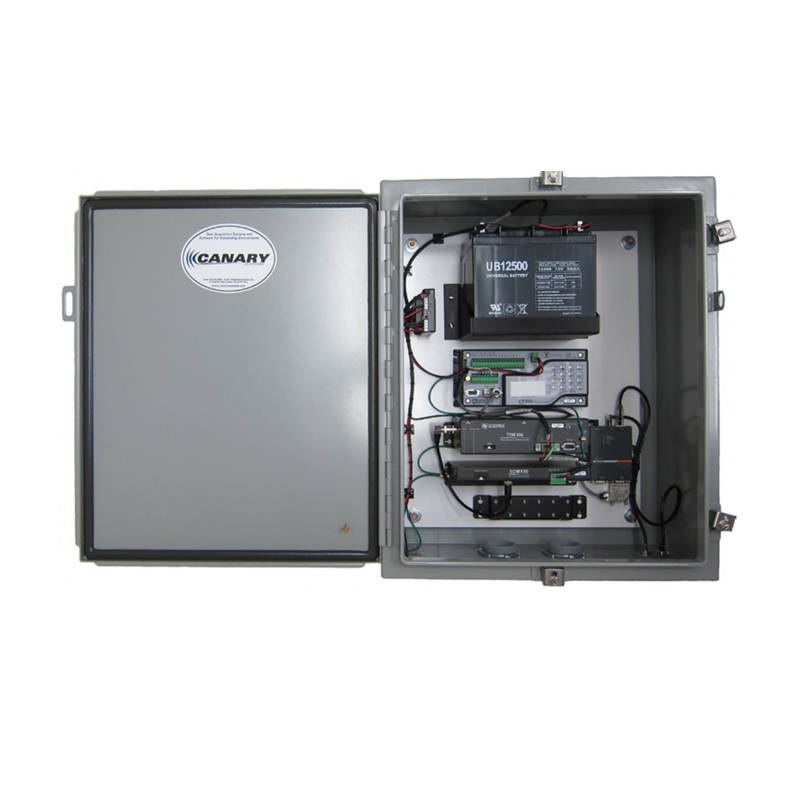
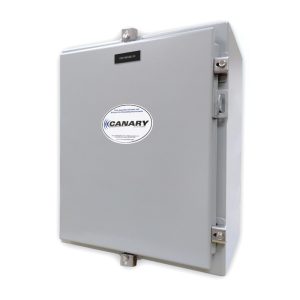
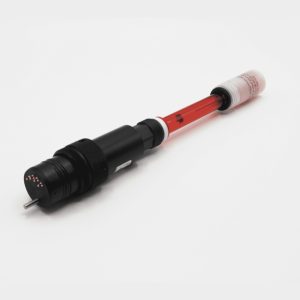
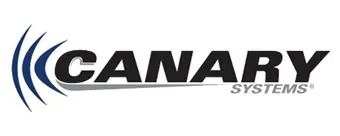
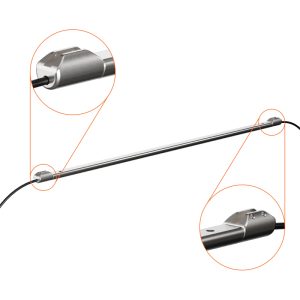
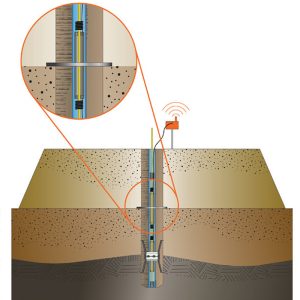
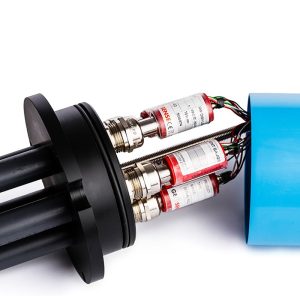
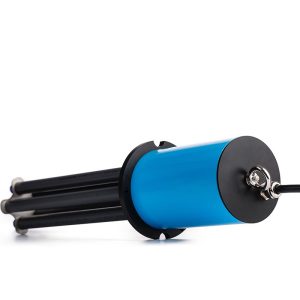
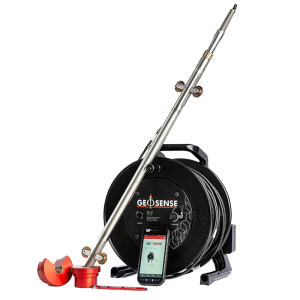
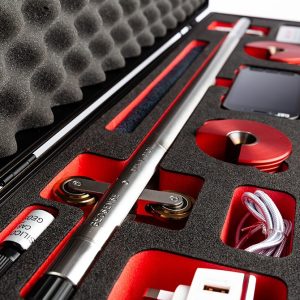
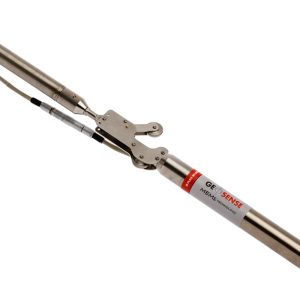
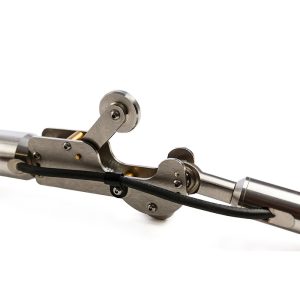
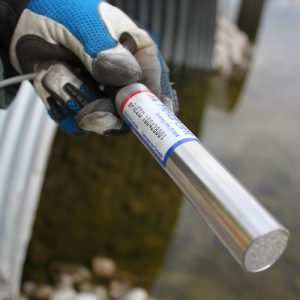
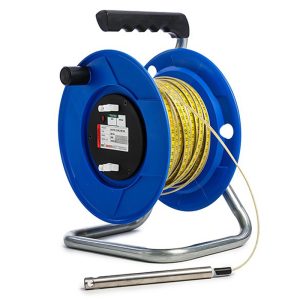
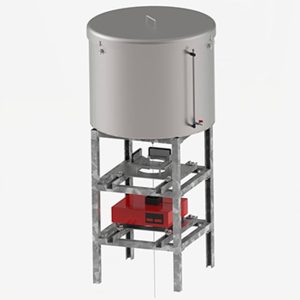
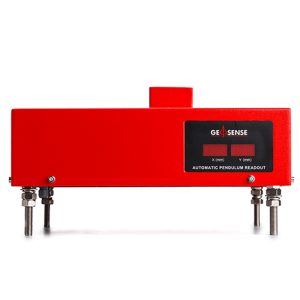
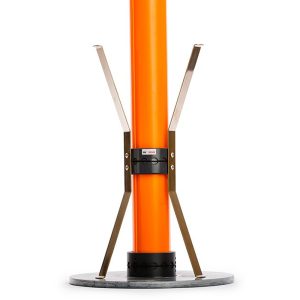
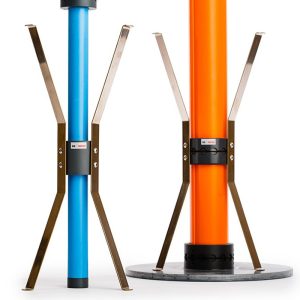
Reviews
There are no reviews yet.